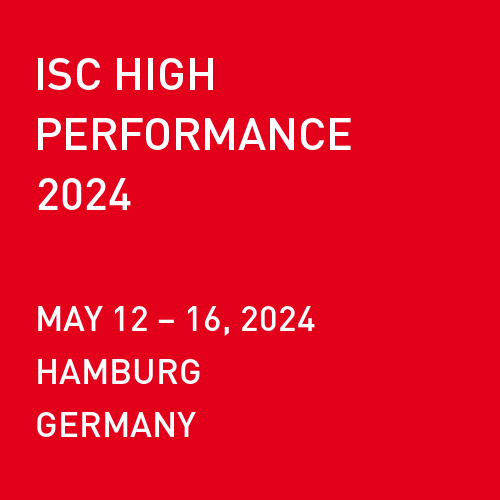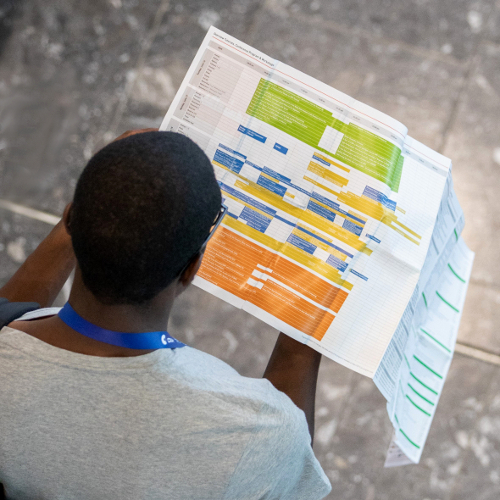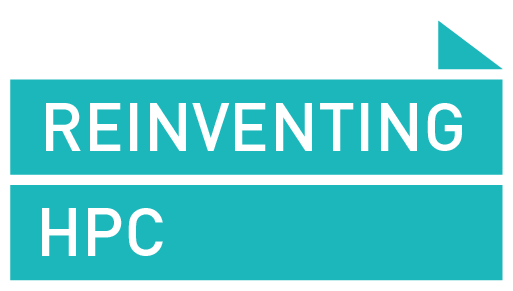Distinguished Talk #2
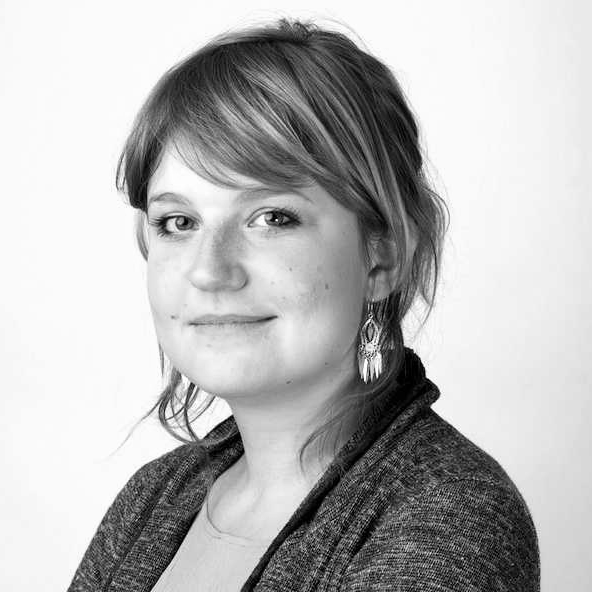
Professor for Earthquake Physics at Ludwig-Maximilians-Universität, Munich, Germany
_________________________________________________________________________________
Supercomputing of Earthquakes: Exploiting High-Performance Computing to Unravel the Multi-Physics and Multi-Scale Dynamics of Powerful Multi-Fault Rupture Cascades, Tsunami Earthquakes and Induced Seismicity
Tuesday, June 29
Earthquakes are highly non-linear and multiscale processes fracturing the Earth’s crust and emanating potentially destructive seismic waves. Using a physics-based description of earthquakes, modern numerical methods and hardware specific optimisation sheds light on the dynamics, and severity of earthquake behaviour and enables an unparalleled degree of realism in forward simulations. In this talk, I will demonstrate the potential of Solid Earth community software (SeisSol*) for: (i) performing data-integrated large-scale scenarios of recent powerful multi-fault earthquake cascades; (ii) simulating 3D fully-coupled Earth and ocean models of tsunami generated during earthquakes; and (iii) understanding induced seismicity, small earthquakes generated by geothermal exploration; using petascale supercomputers. The degree of realism achieved in these simulations is enabled by a Discontinuous Galerkin discretisation with ADER local time-stepping which yields petascale computational efficiency and high-order accuracy in time and space. The inclusion of probabilistic and Bayesian frameworks, geometric transformations and diffuse interface approaches to avoid manual meshing are future directions I will discuss for exploiting the expected exascale computing infrastructure.
* https://github.com/SeisSol/SeisSol
_________________________________________________________________________________
Prof. Dr. Alice-Agnes Gabriel, is a professor for Earthquake Physics at Ludwig-Maximilians-Universität, Munich, Germany. Her research focuses on understanding the physics of earthquakes using physics-based forward models, innovative observation techniques and high-performance computing to bridge spatio-temporal scales. She received her Diploma in Physics from TU Dresden, Germany, in 2008 and her Ph.D. in seismology at ETH Zurich, Switzerland, in 2013 and was a visiting student/researcher at the University of Auckland, New Zealand and Caltech, USA and KAUST, Saudi Arabia. Prof. Gabriel’s career is distinguished by profilic modeling of large and small earthquakes, tsunami and seismic wave propagation realised on some of the largest supercomputers worldwide. Her team’s research was recognized as a finalist for the Association for Computing Machinery (ACM) Gordon Bell Prize in 2014, awarded the PRACE ISC Award at ISC 14 and the Best Paper Award at SC’17. In 2021, she received the PRACE Ada-Lovelace Award for HPC as well as the Charles F. Richter Early-Career Award of the Seismological Society of America. She has been the PI or Co-PI of several large-scale collaborative research projects including the “Exascale Hyperbolic PDE Engine (ExaHyPE)”, “ Community Software for Reproducible Computational Seismology (CoCoReCS) “ and the “Centre of Excellence for Exascale in Solid Earth (ChEESE)”. She is currently leading her ERC Starting Grant “Truly Extended Earthquake Rupture (TEAR)”. Prof. Gabriel is also a member of the PRACE science steering committee, the Executive Committee of CIG - Computational Infrastructure for Geodynamics and the Steering Committee of the MCS-RCN Modeling Collaboratory for Subduction.
_________________________________________________________________________________


